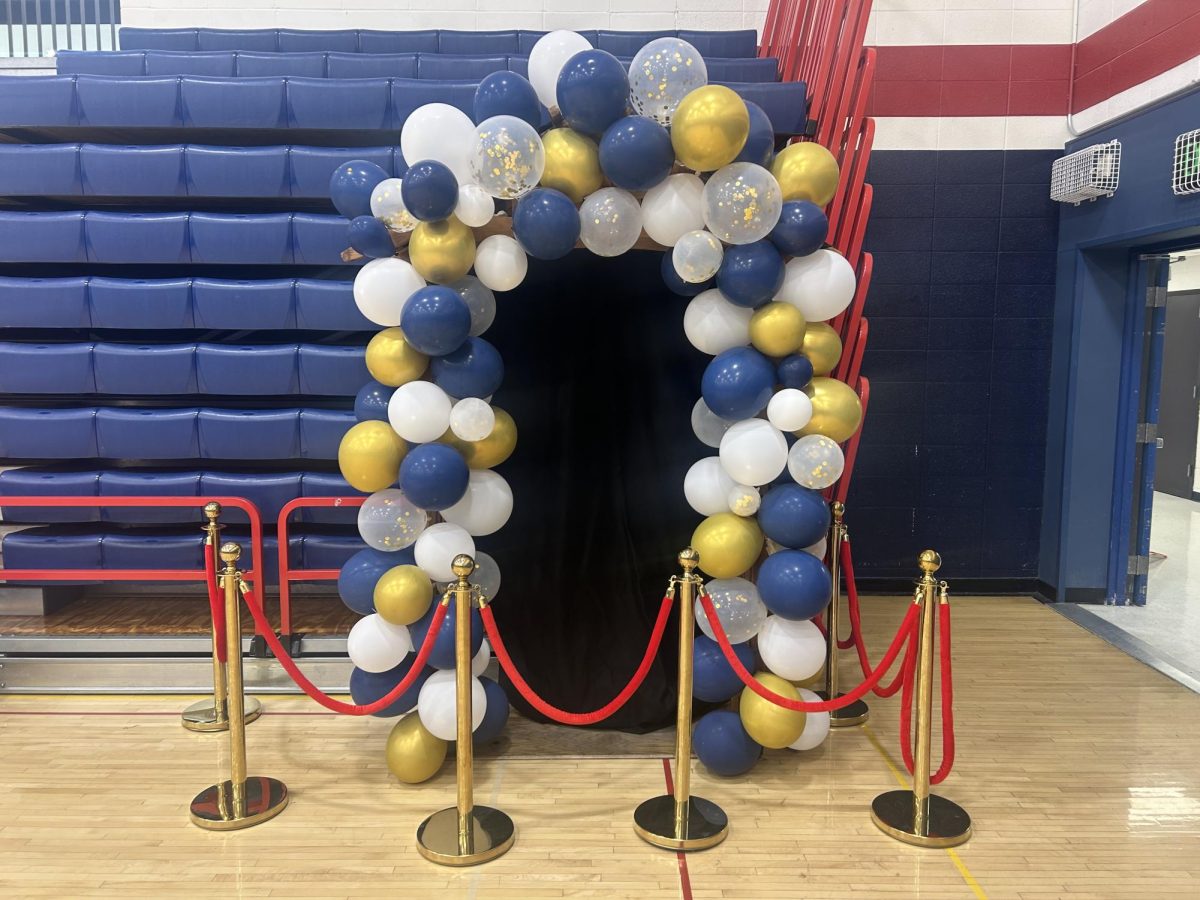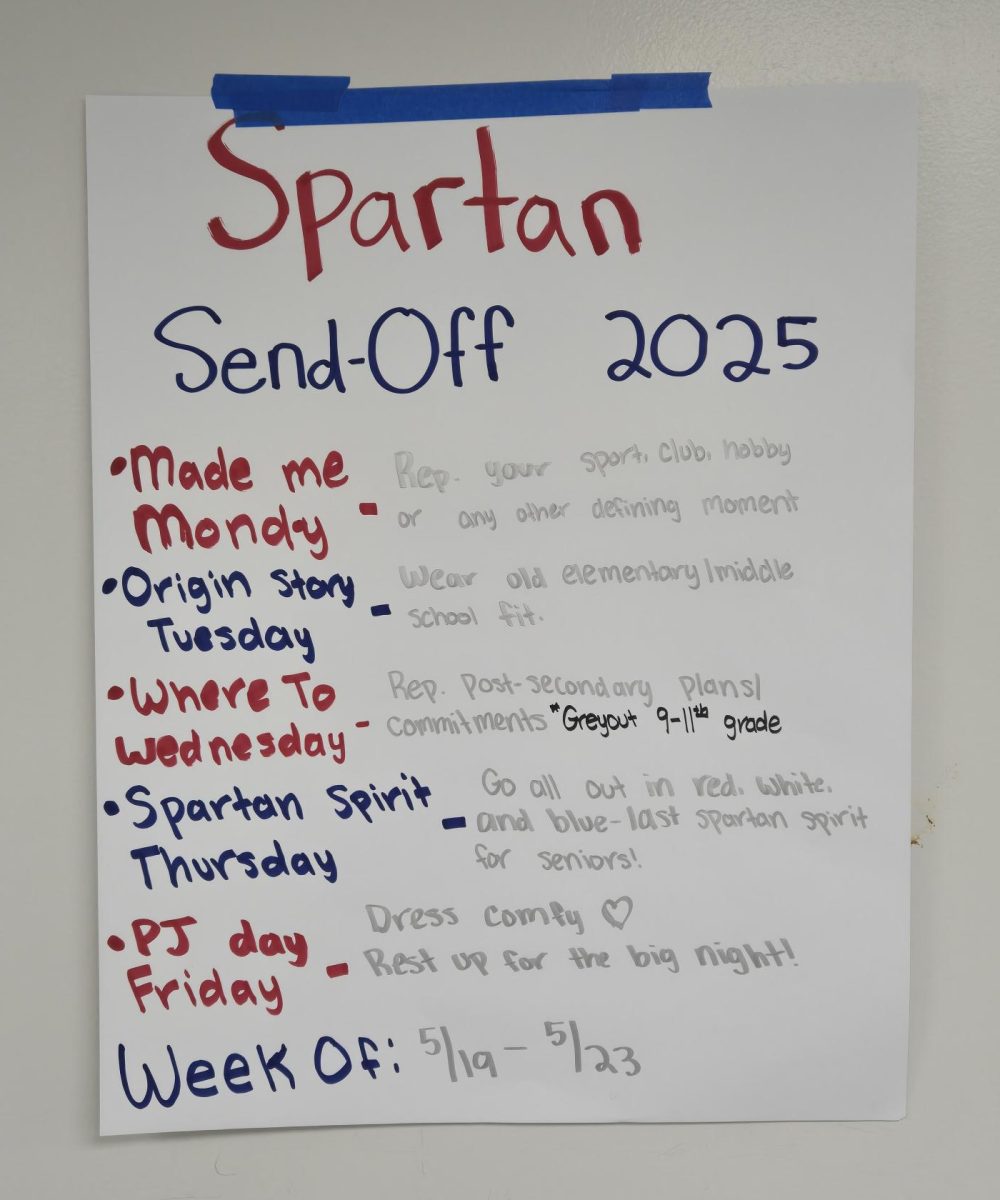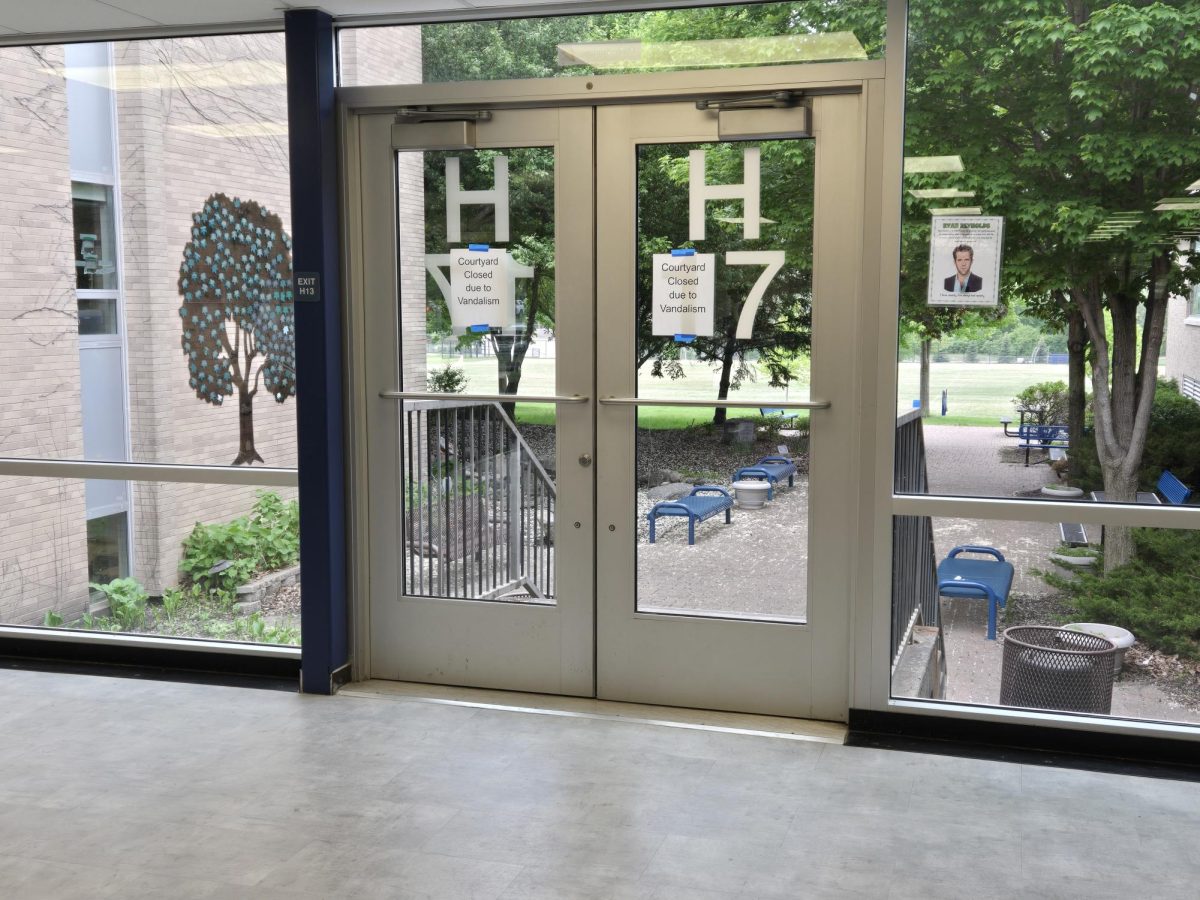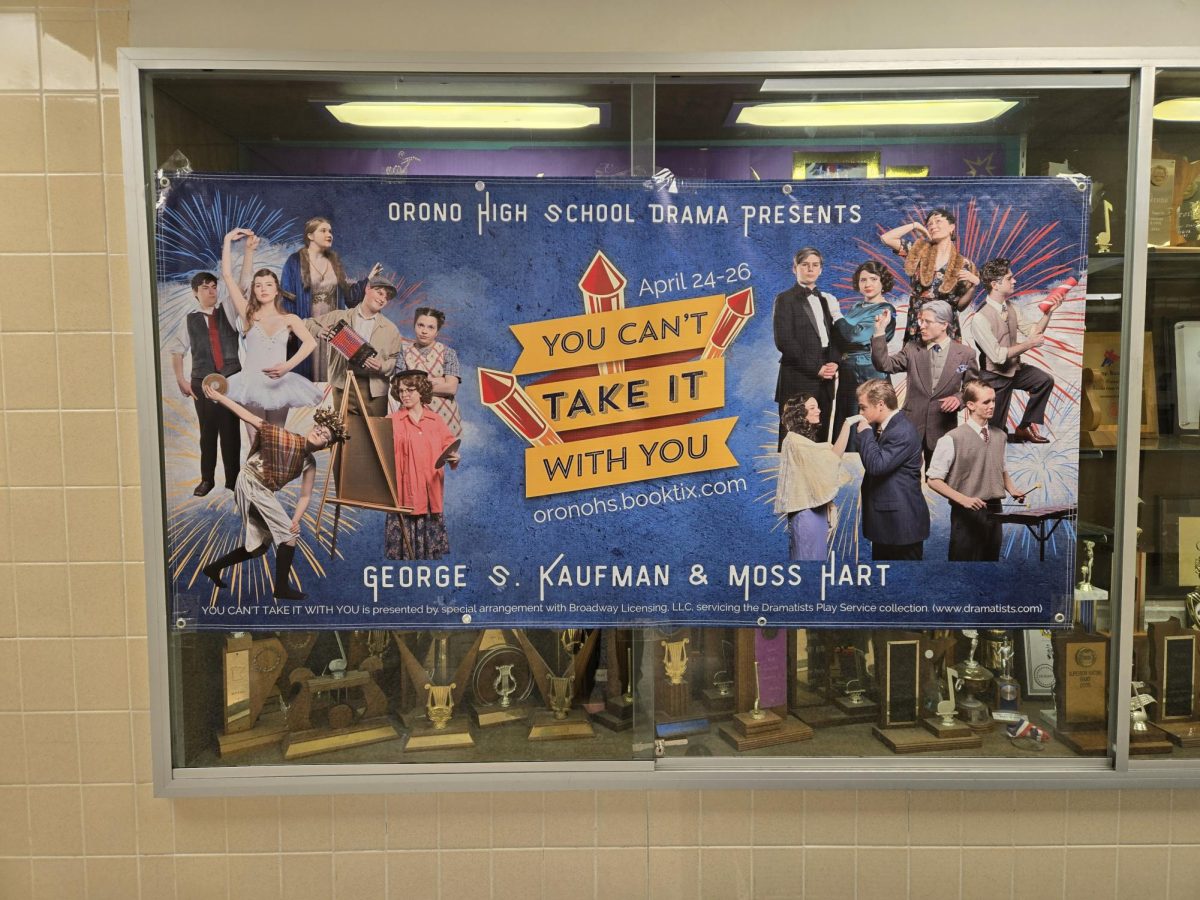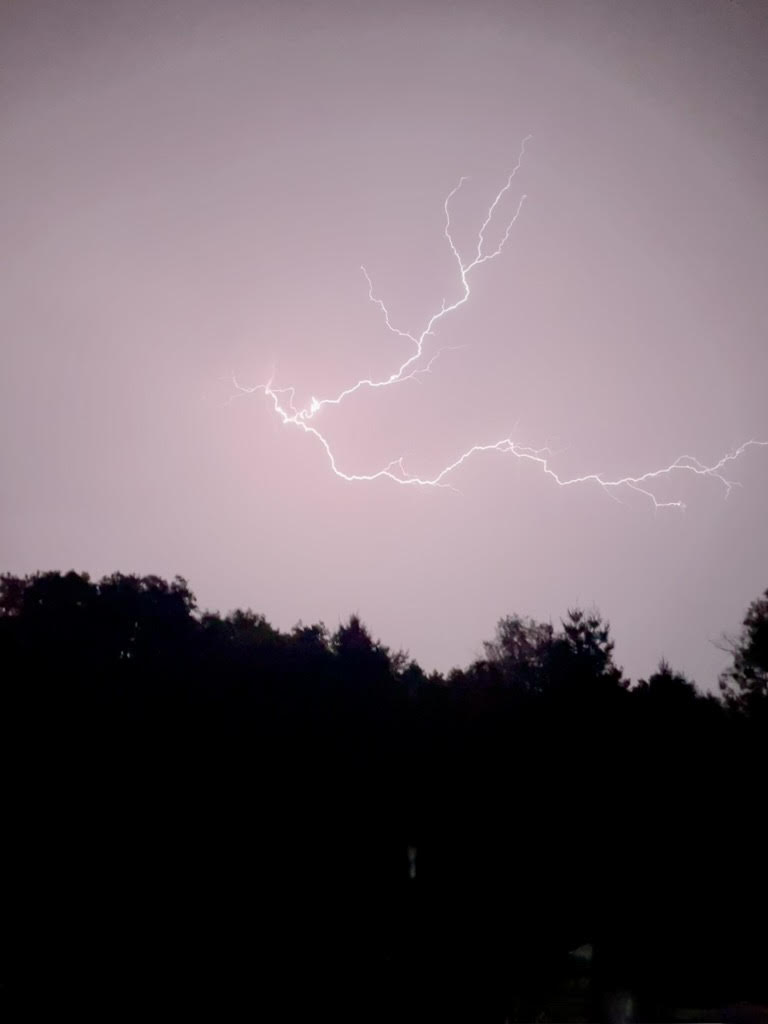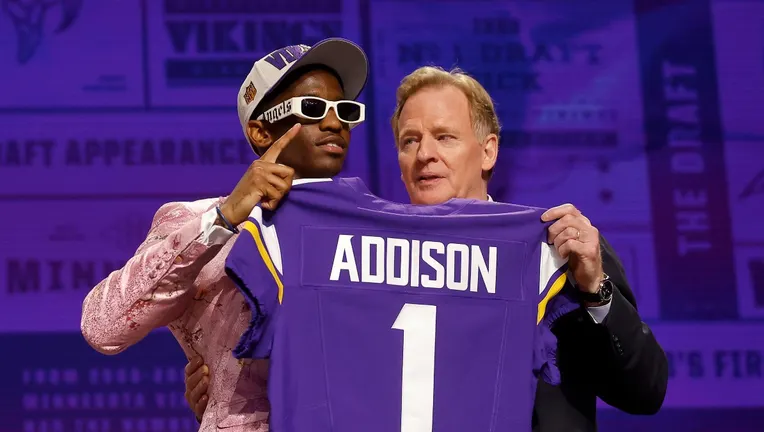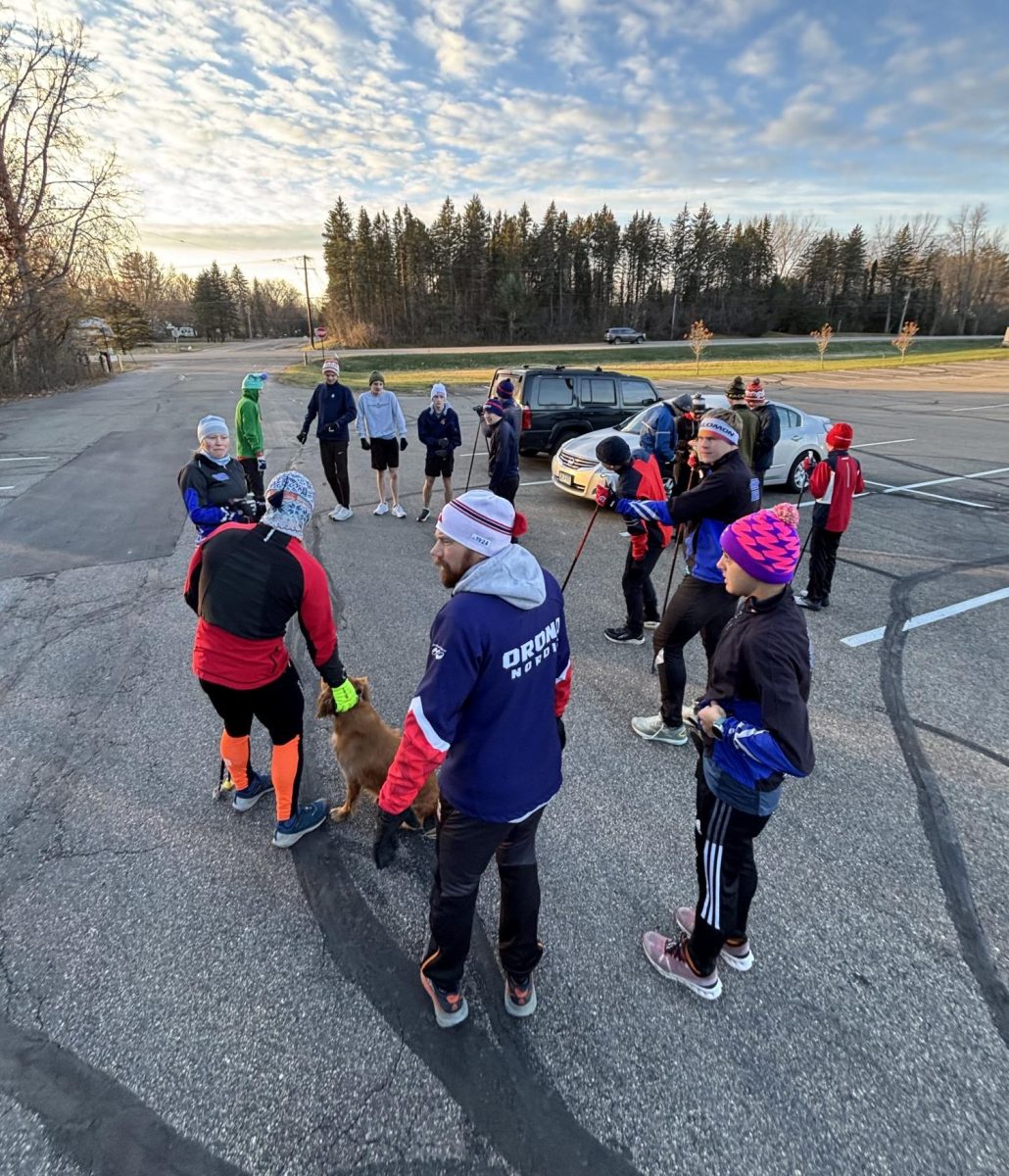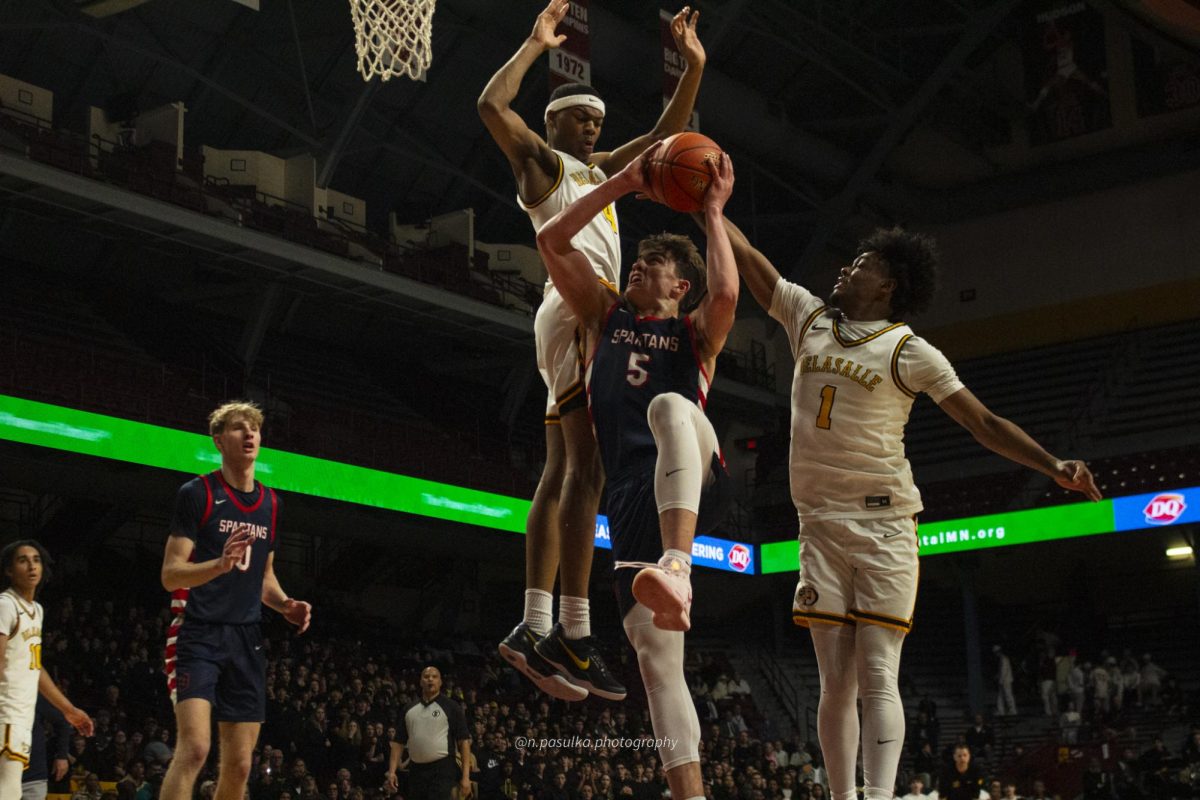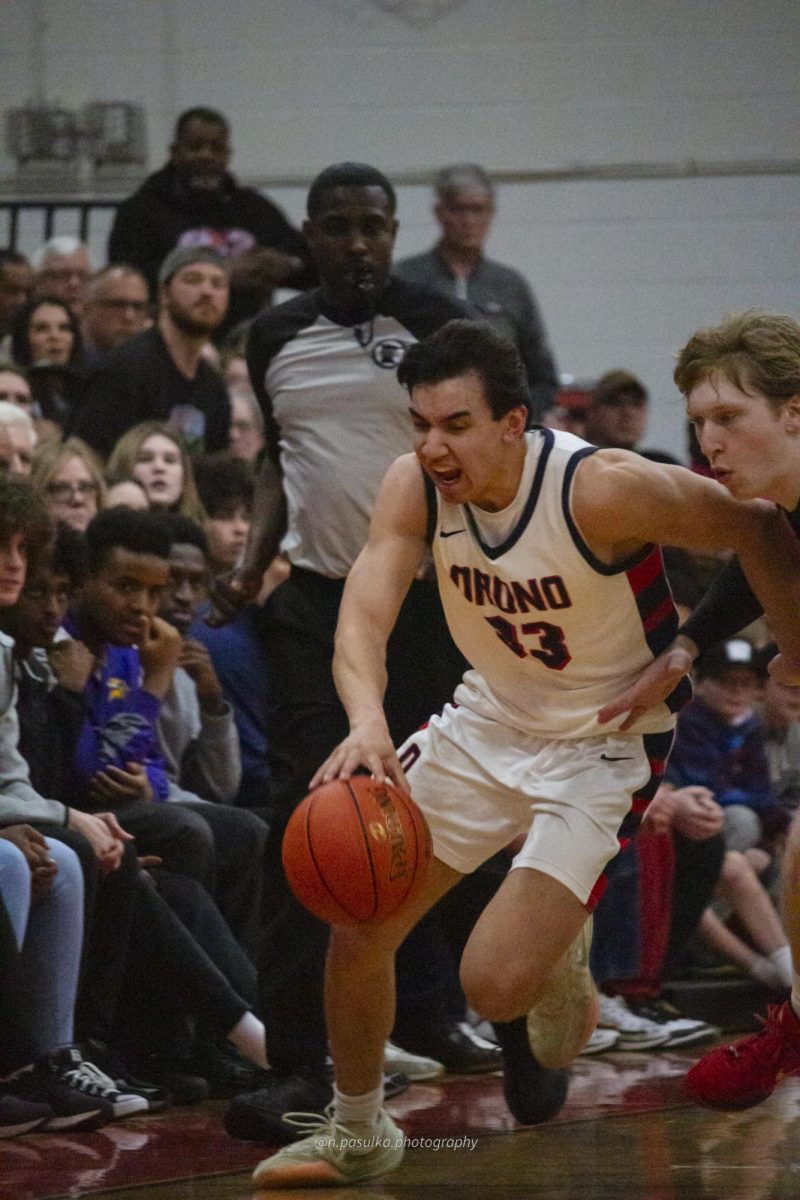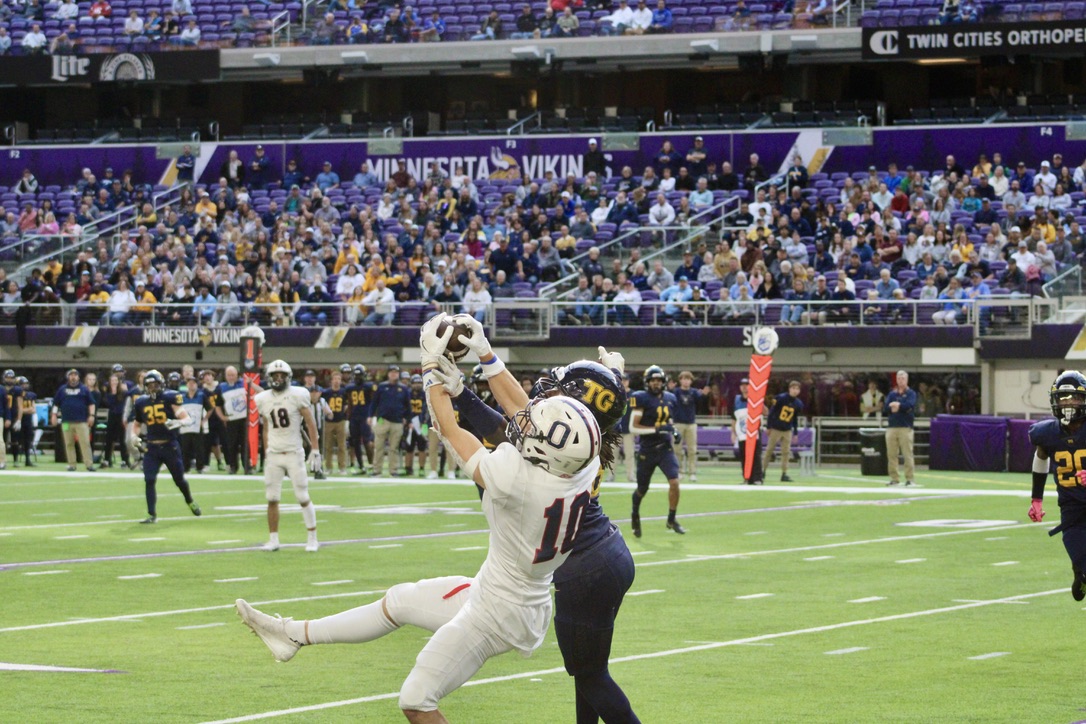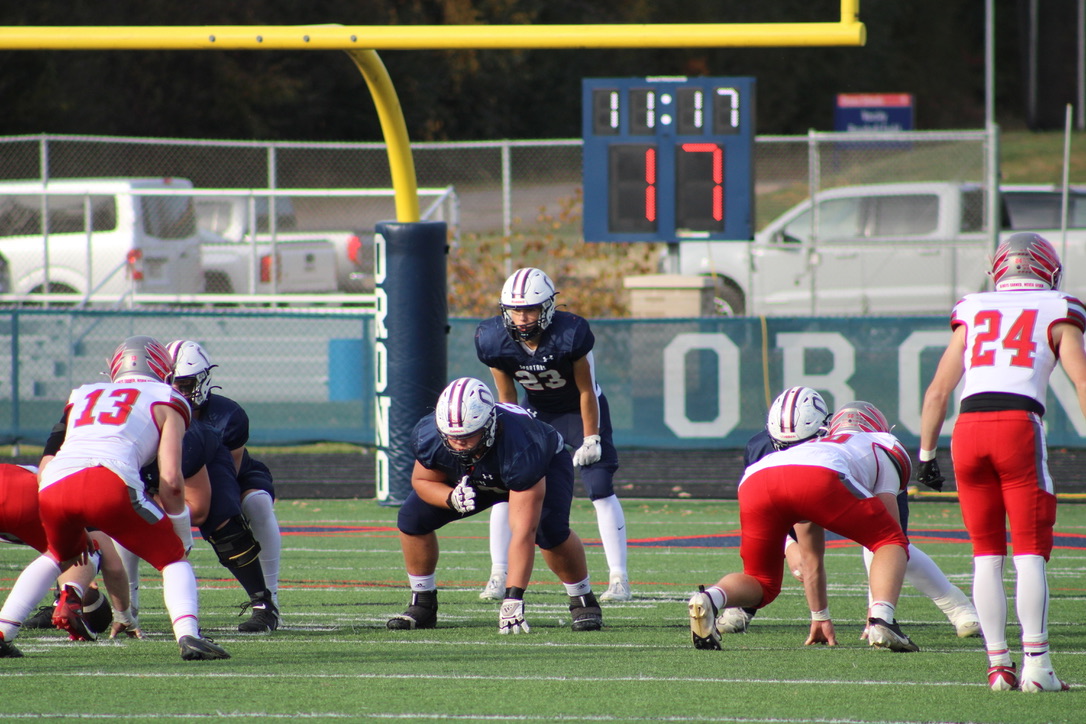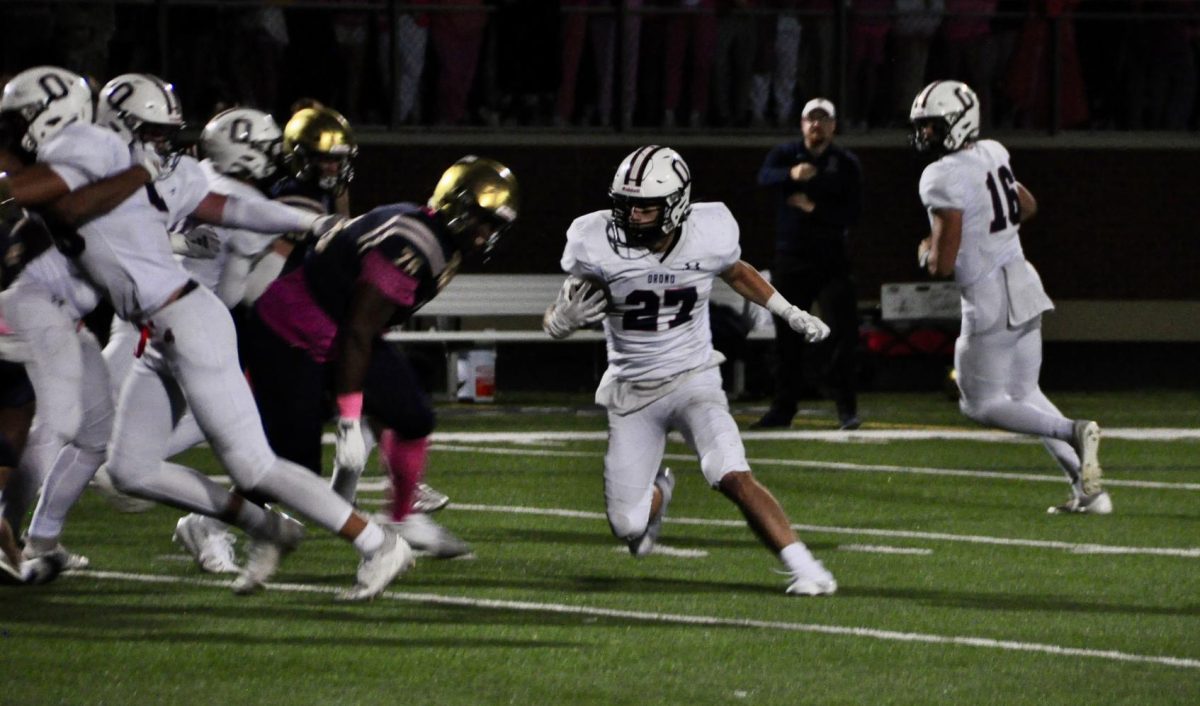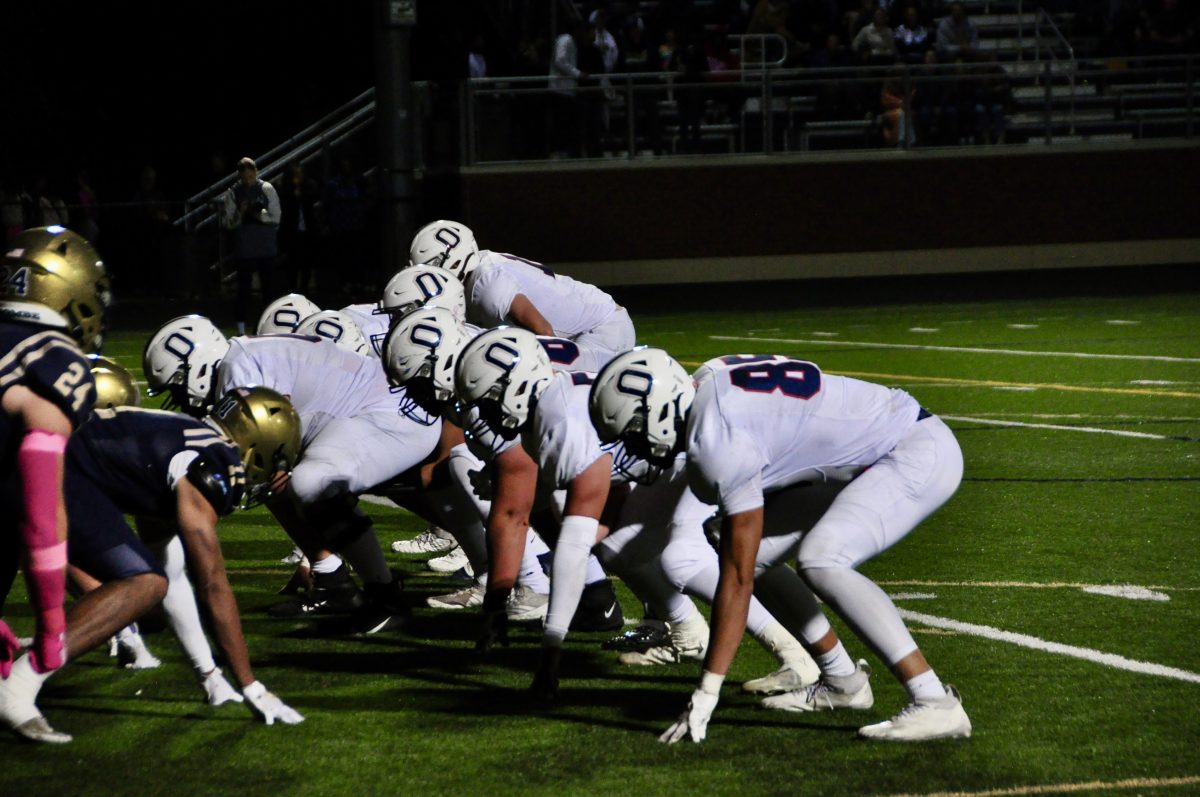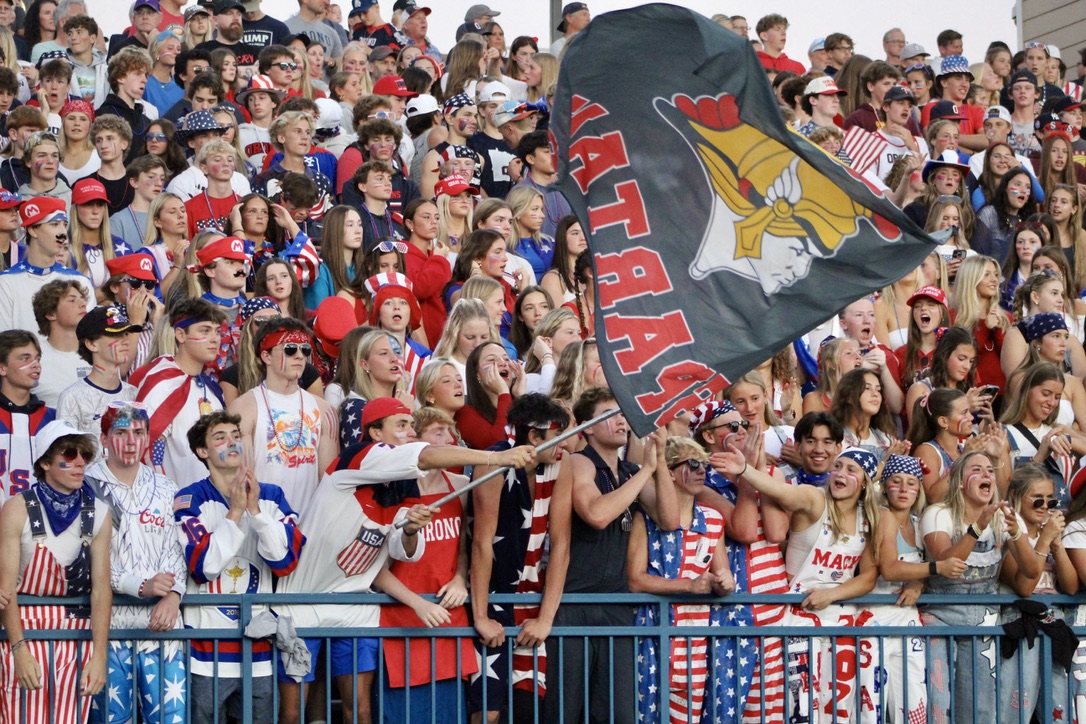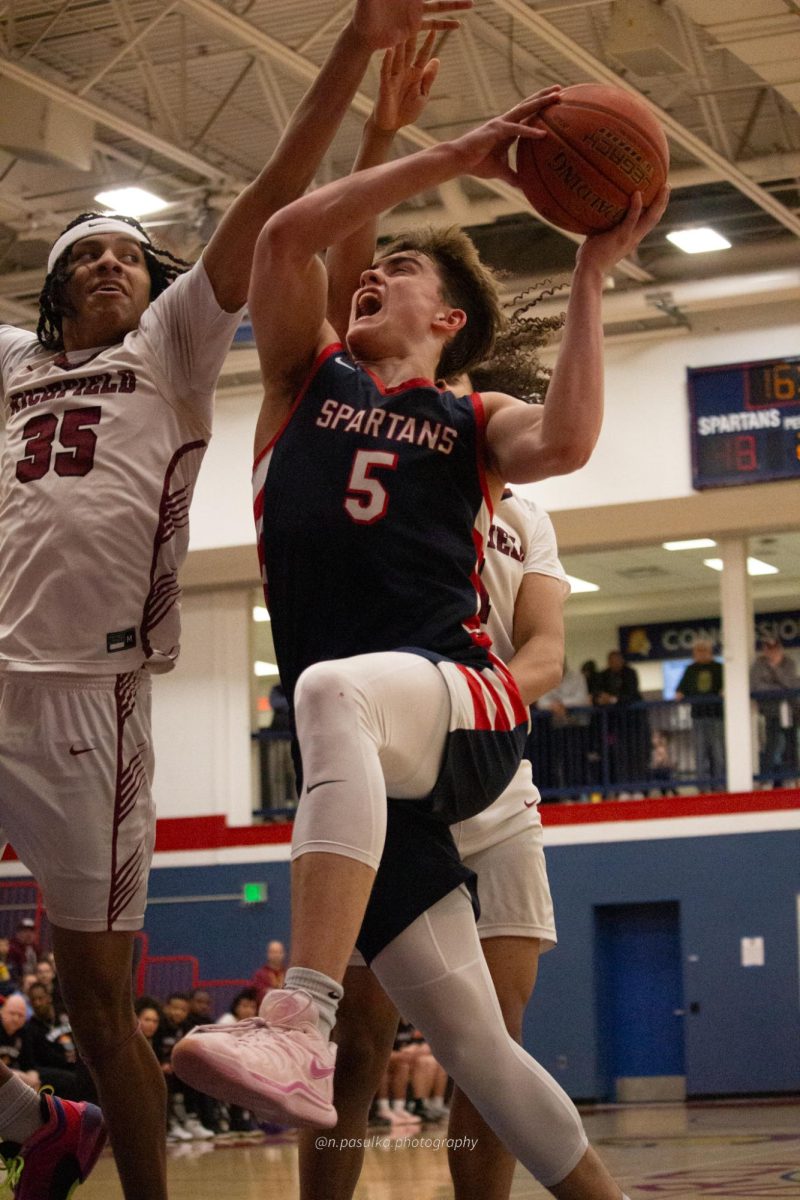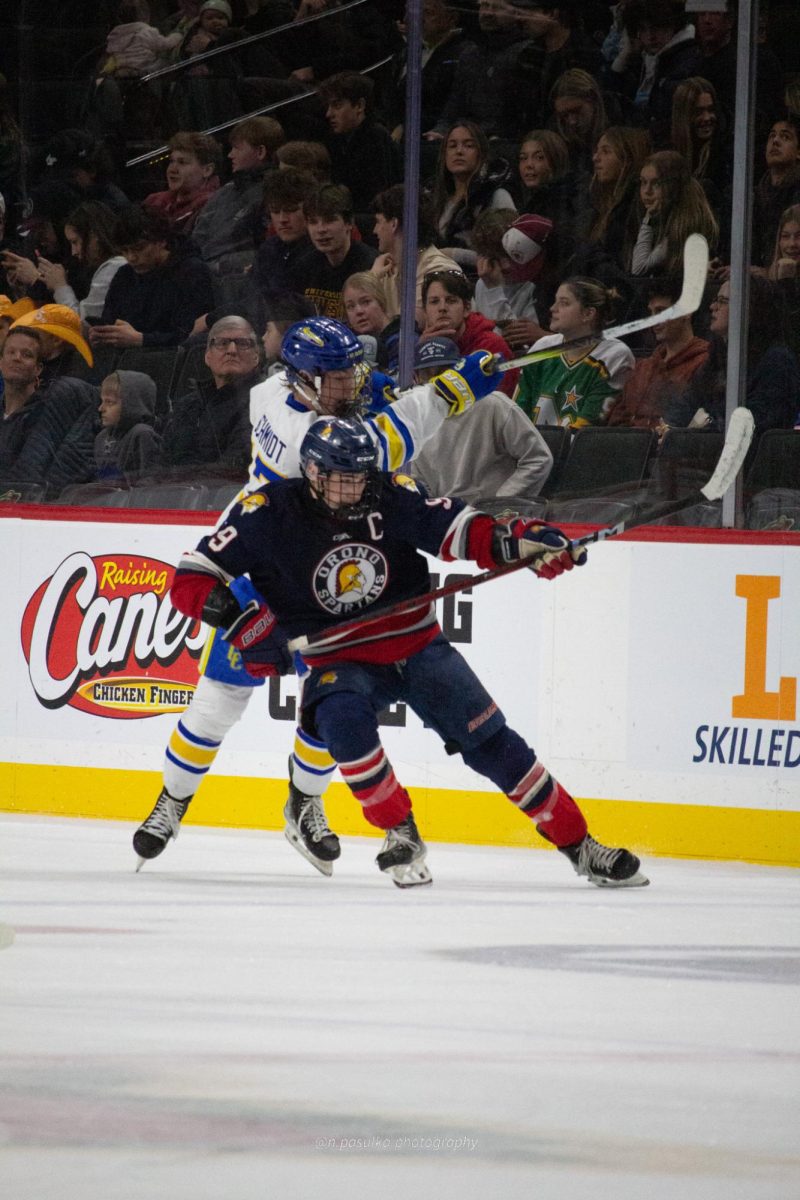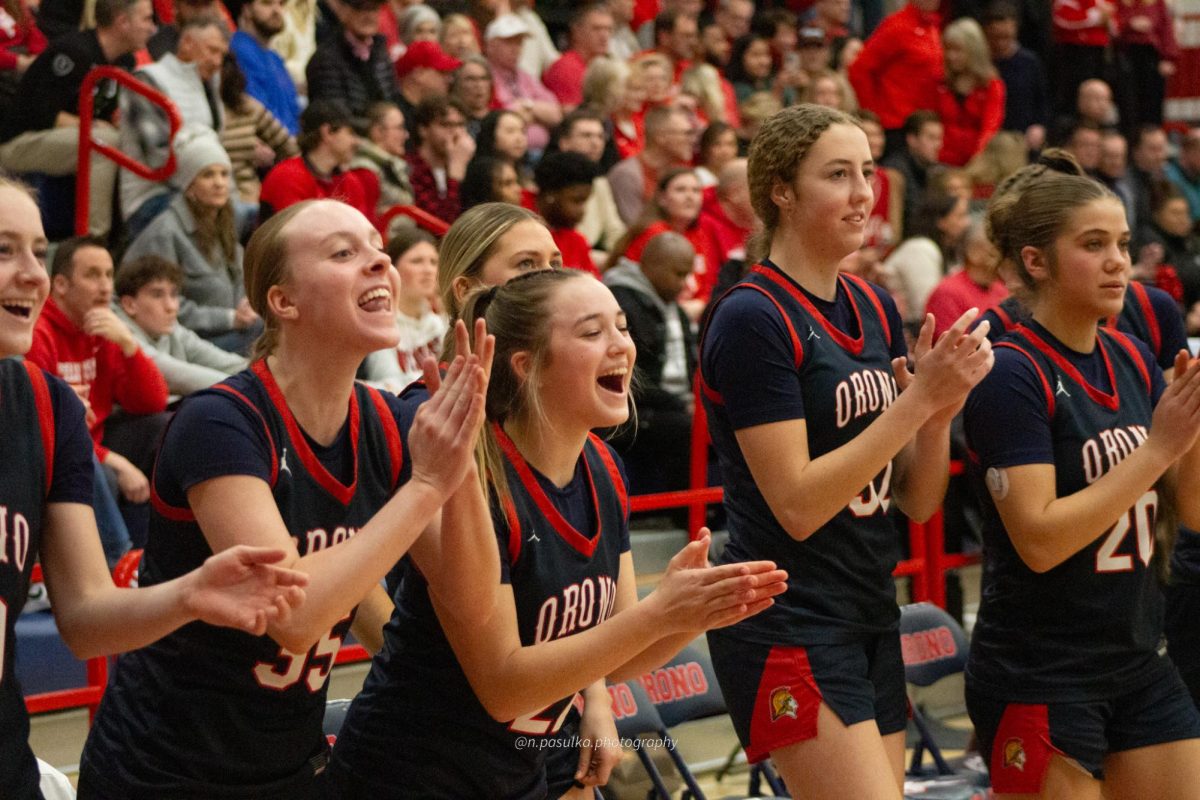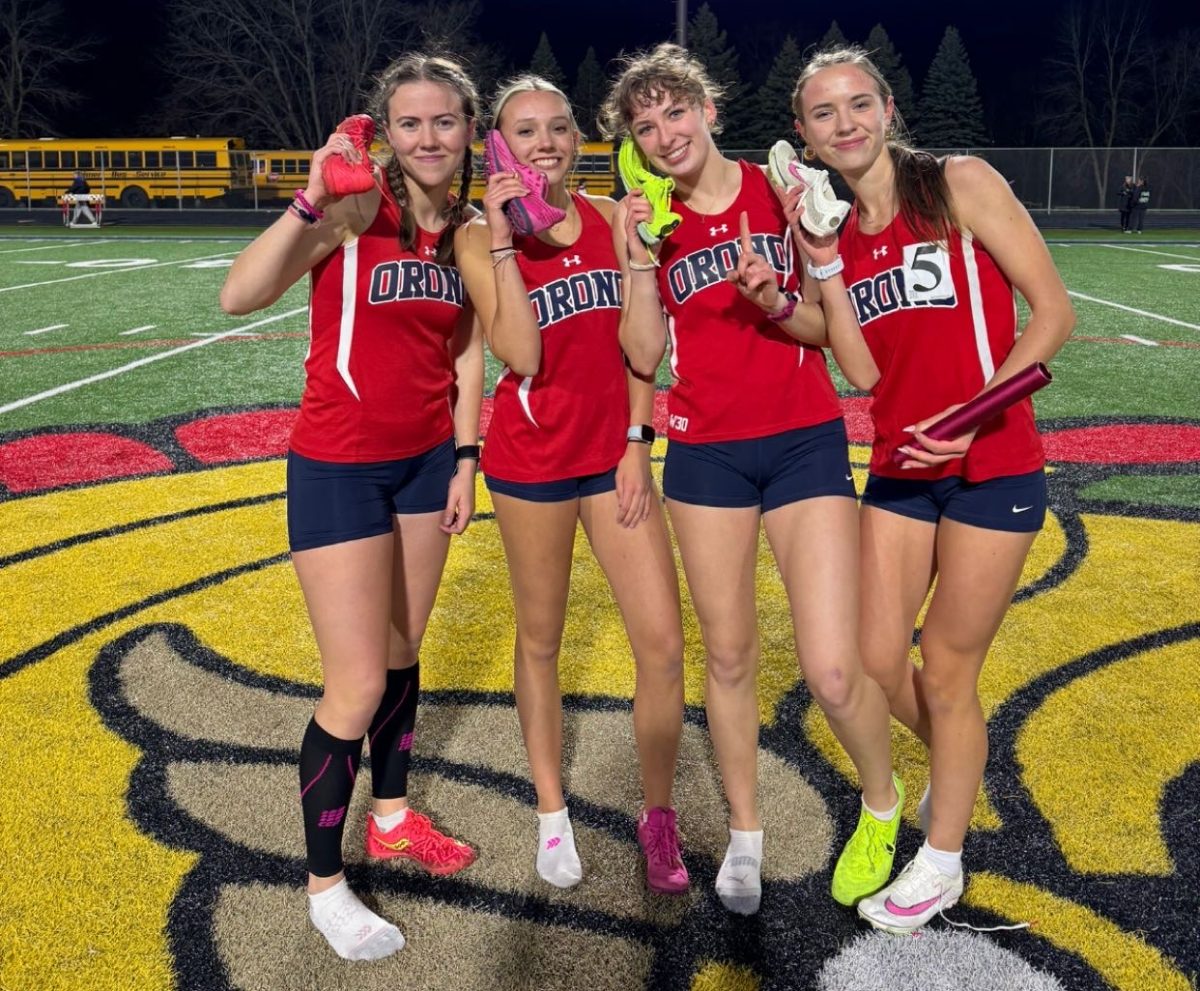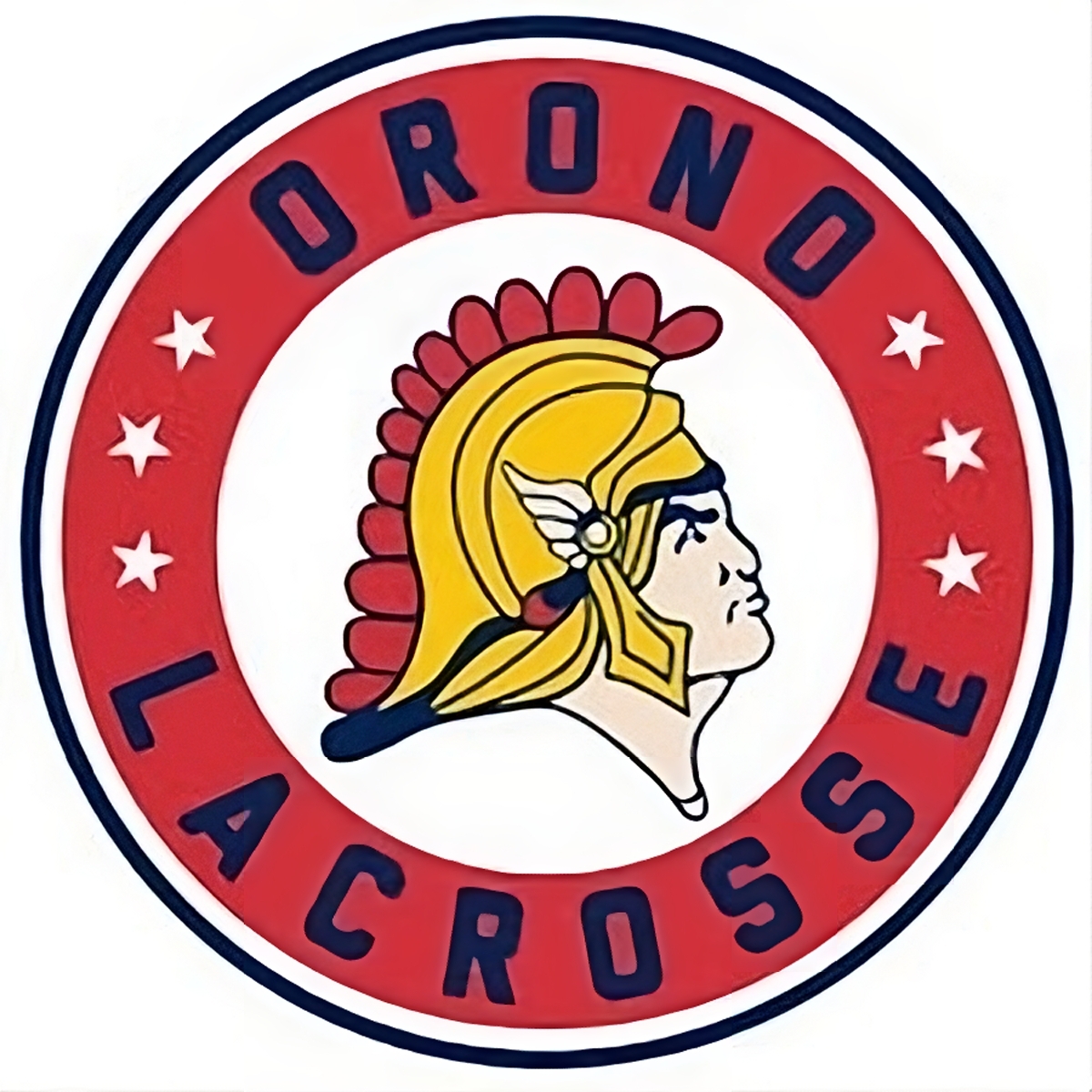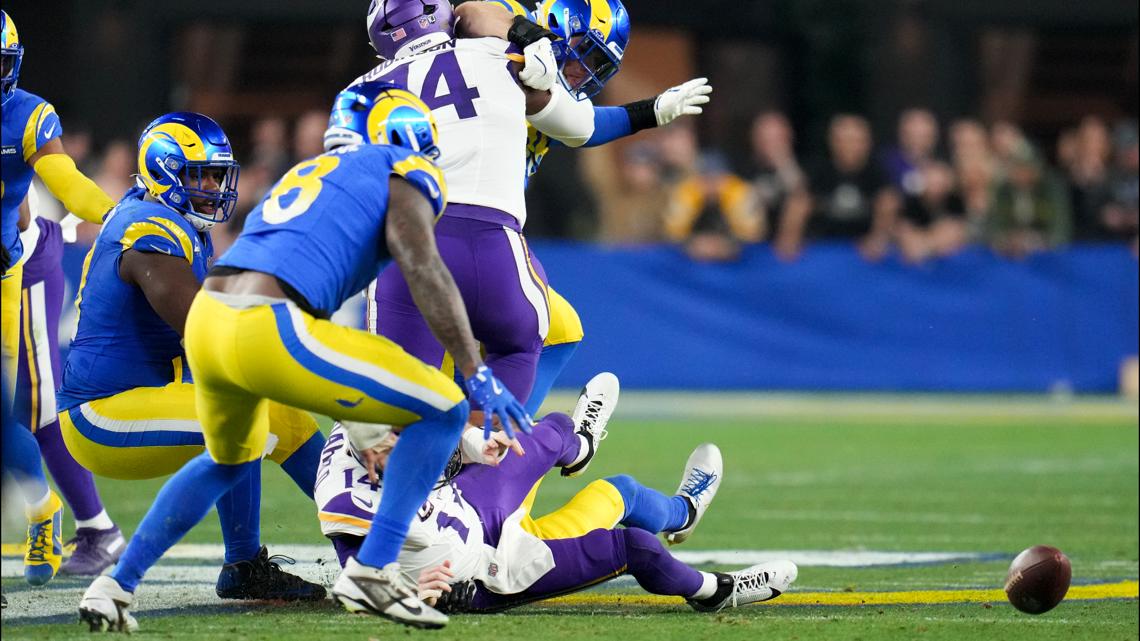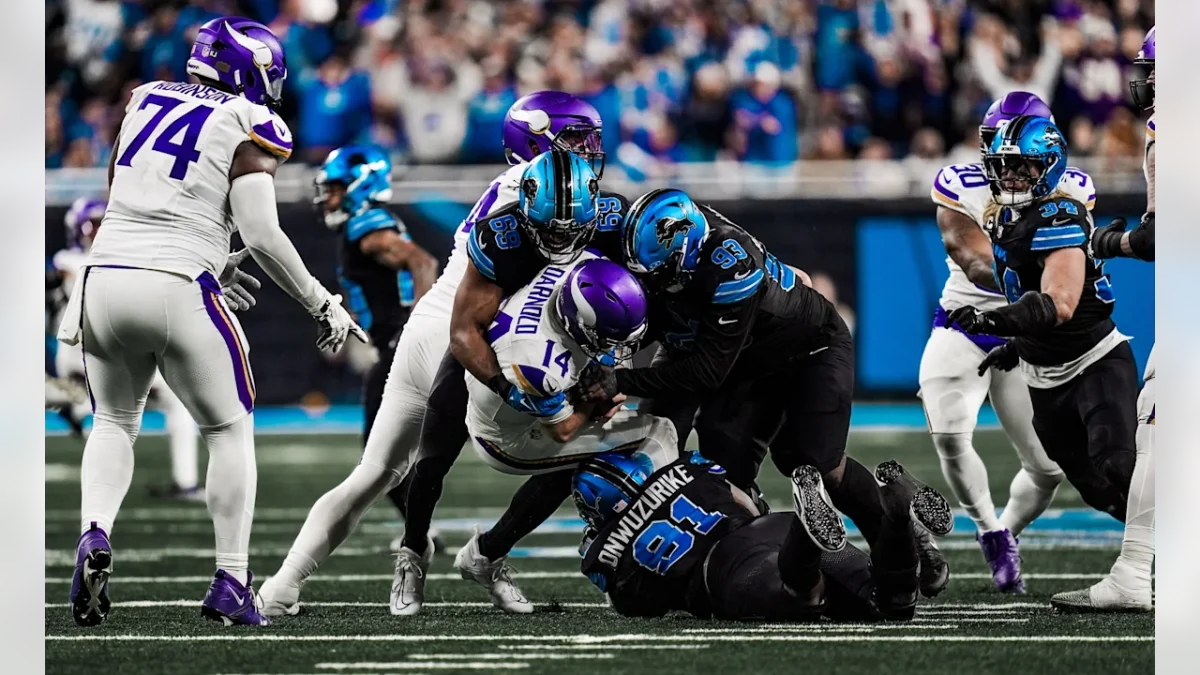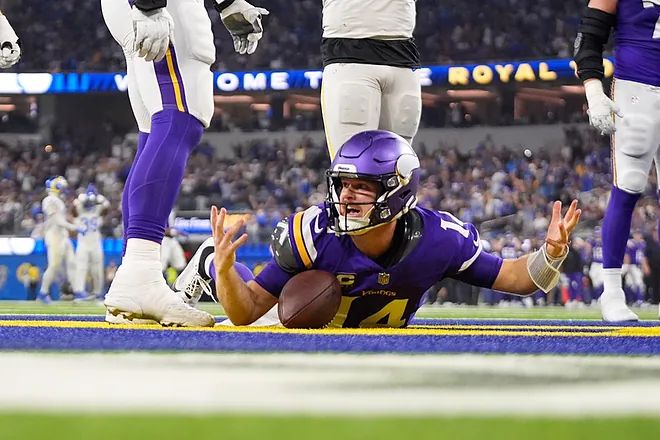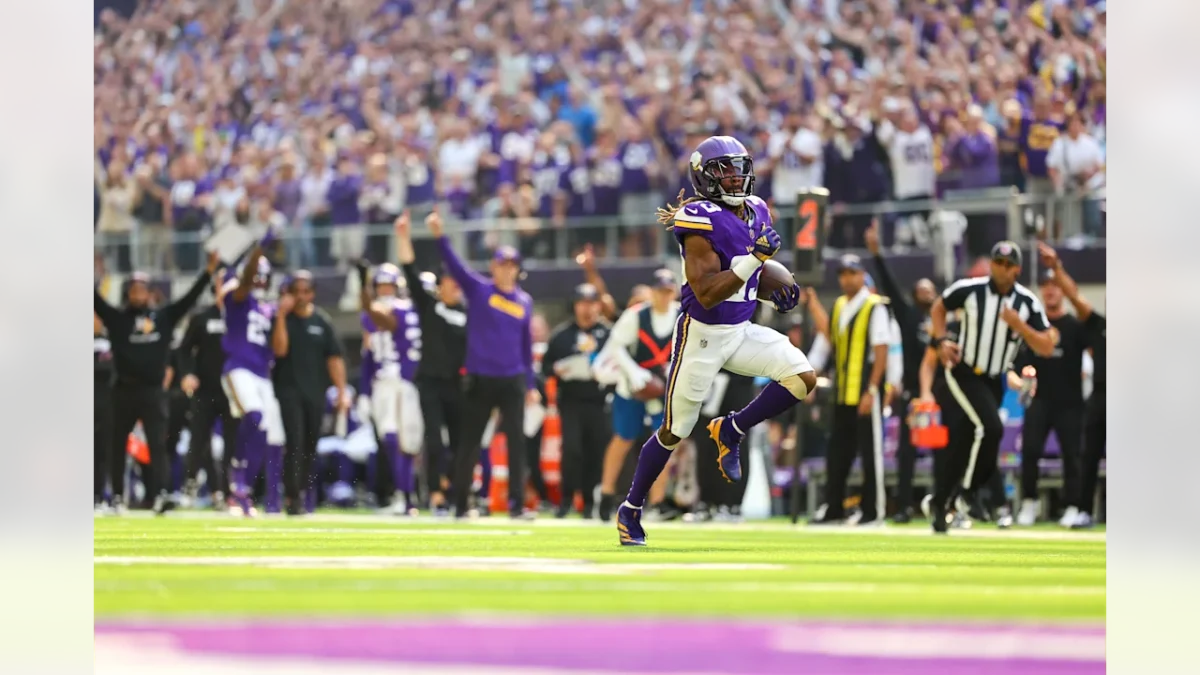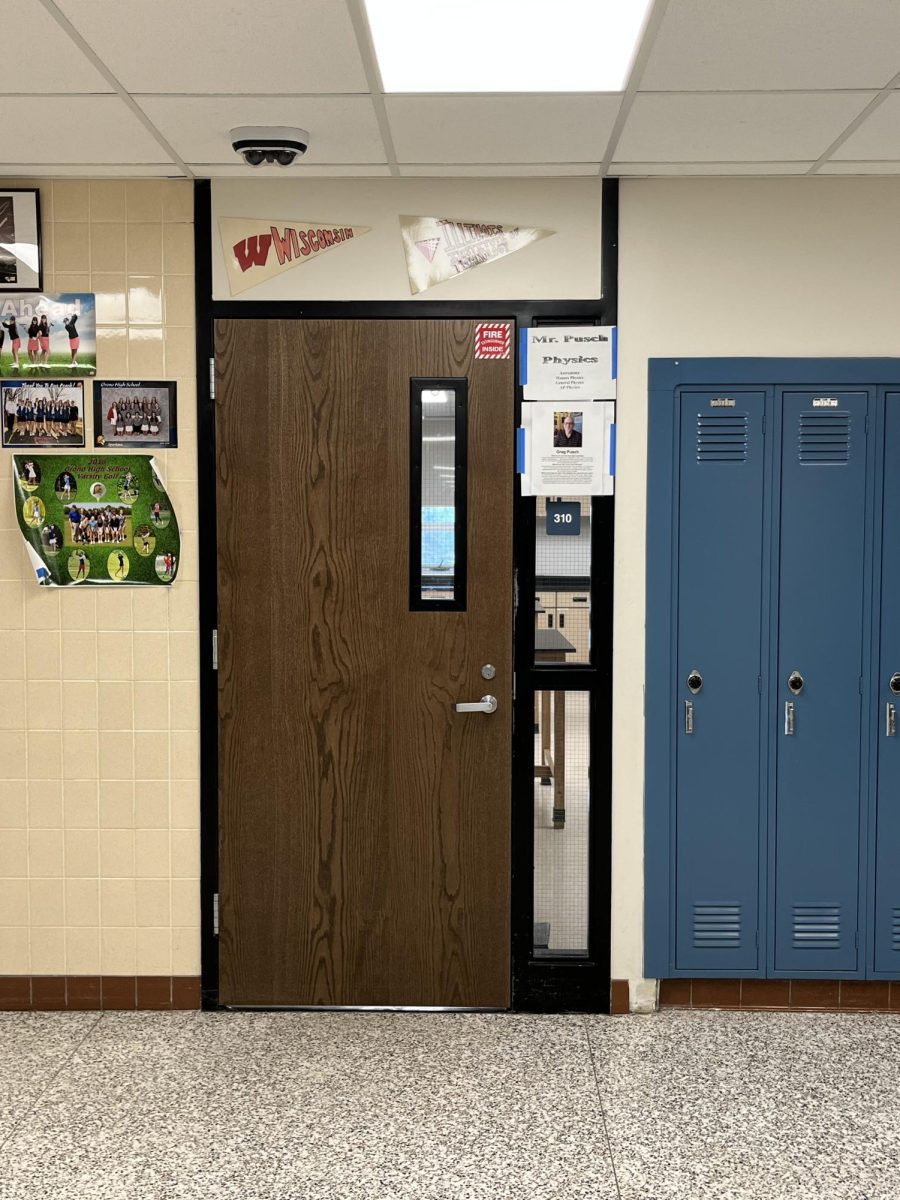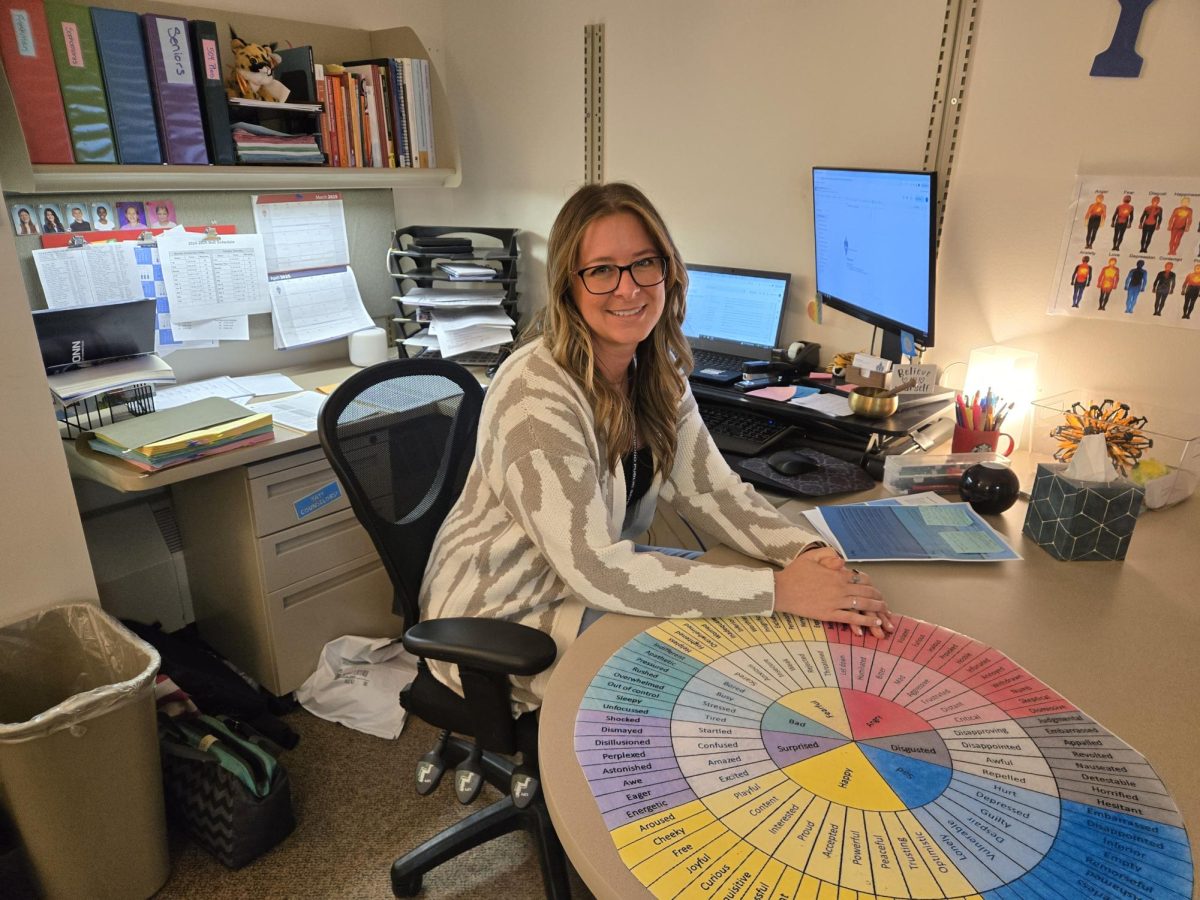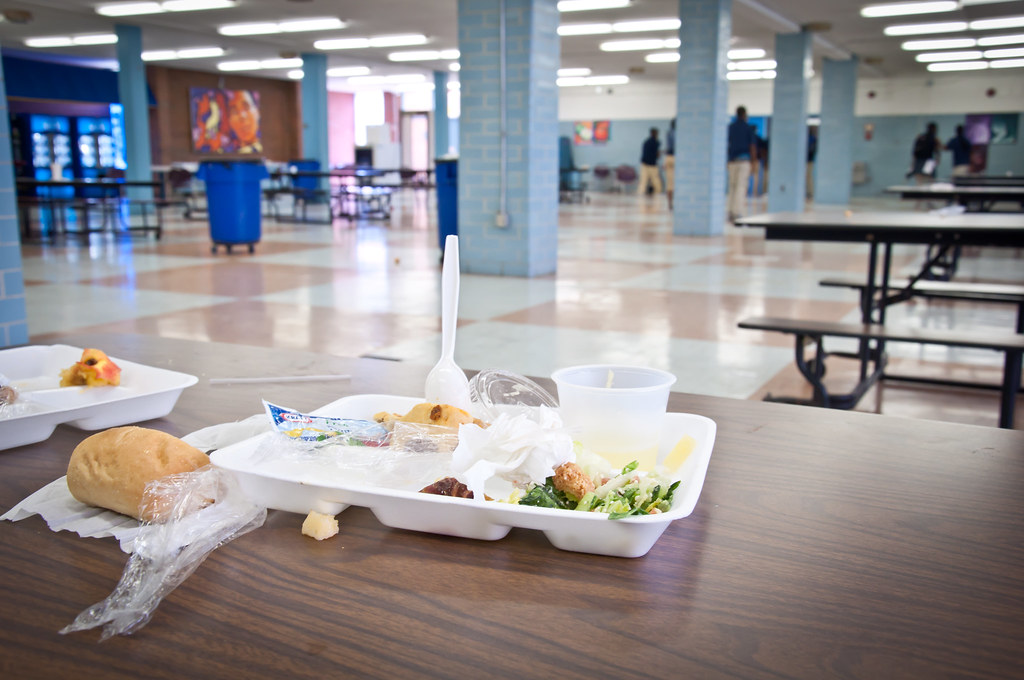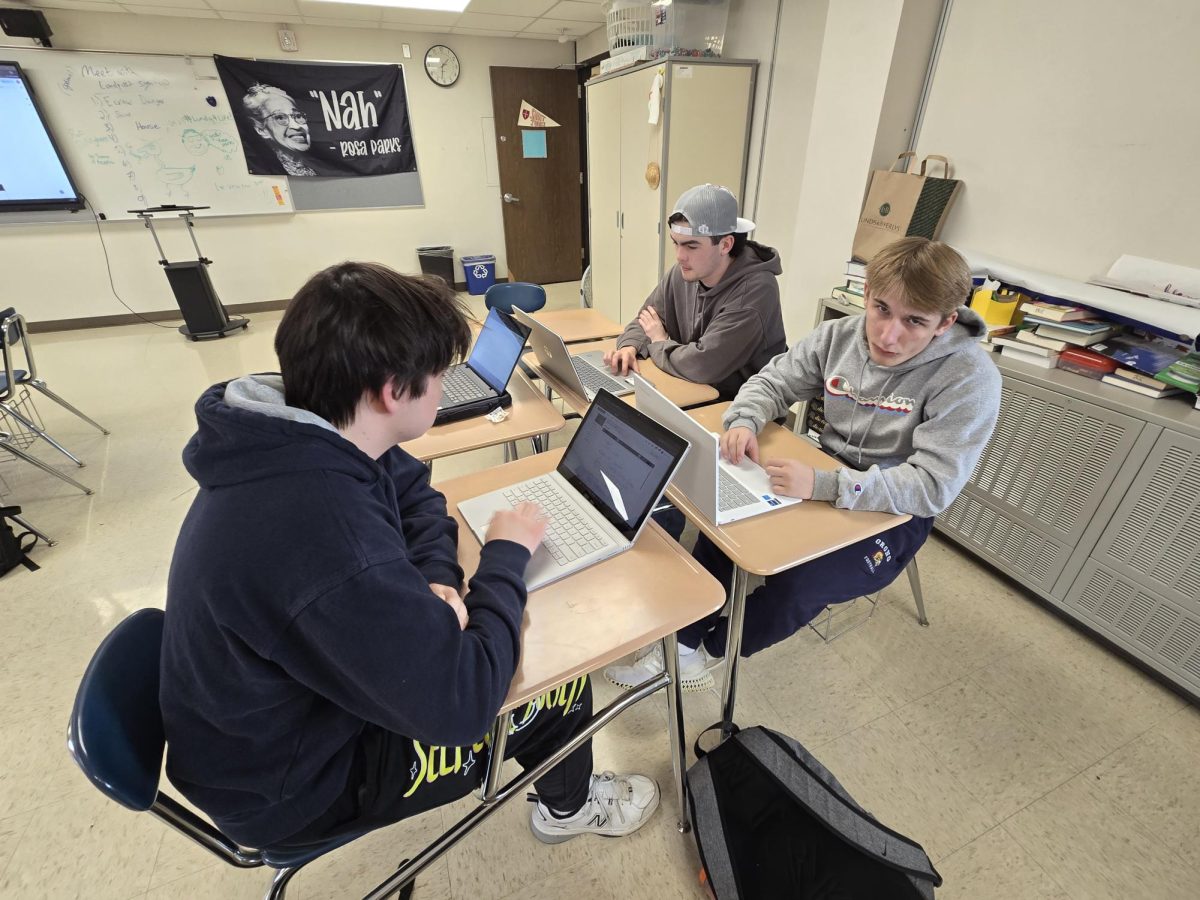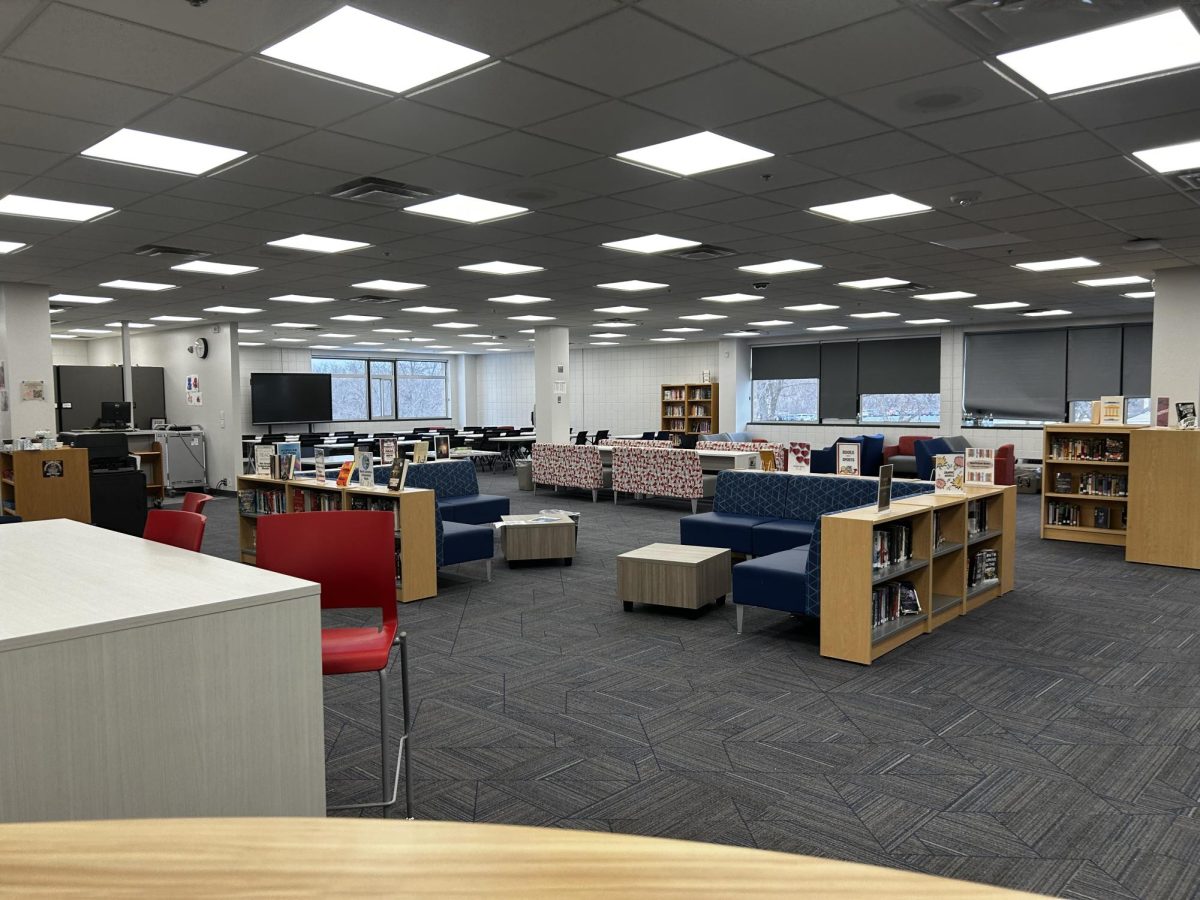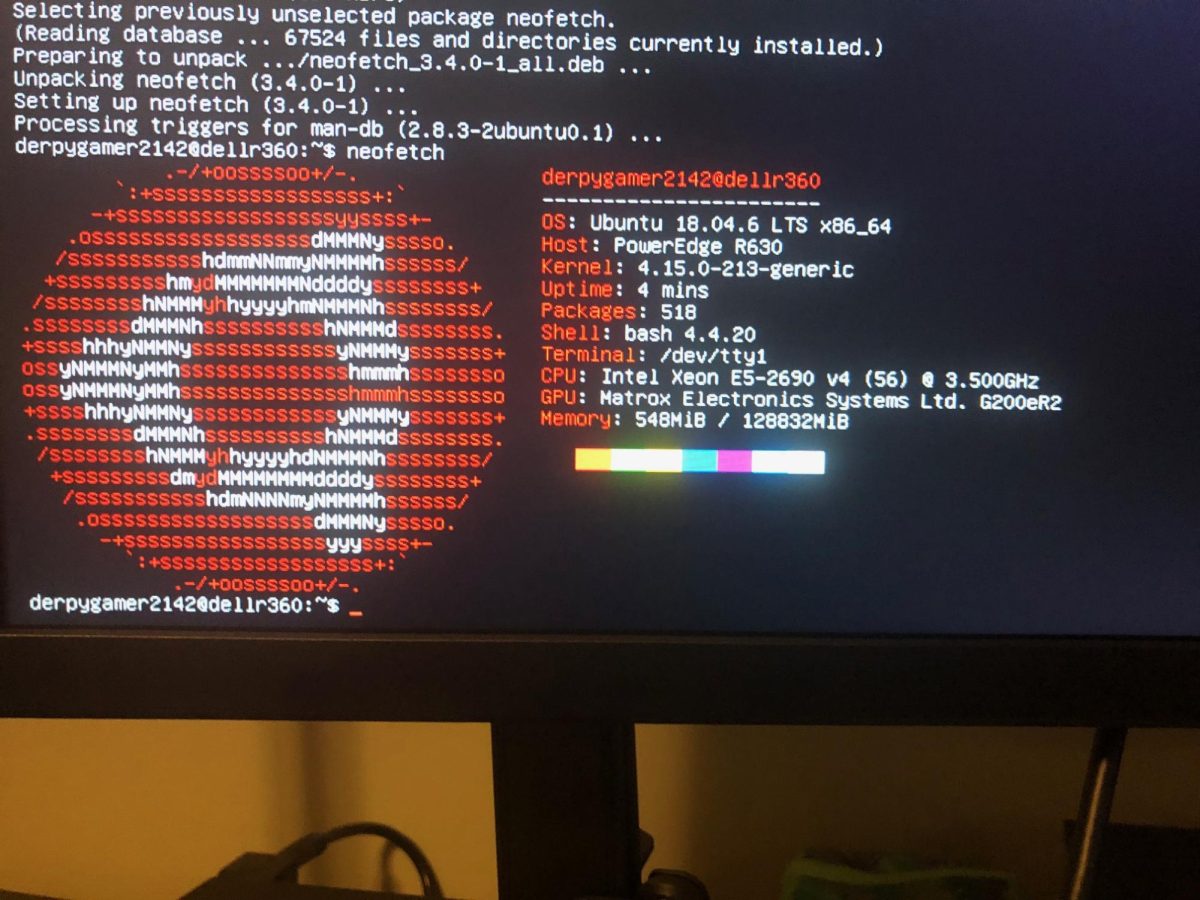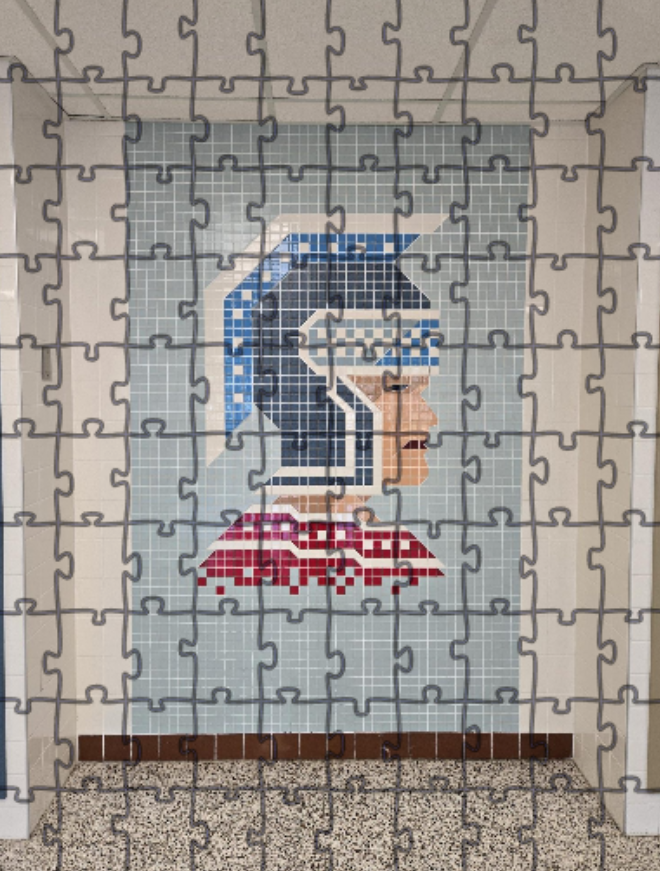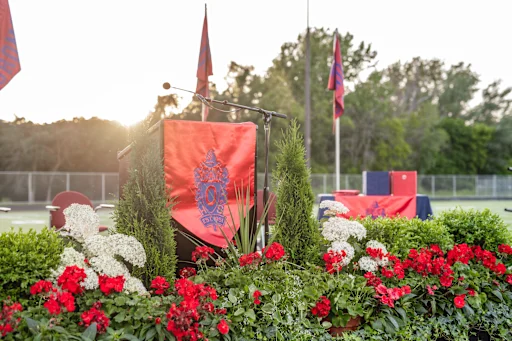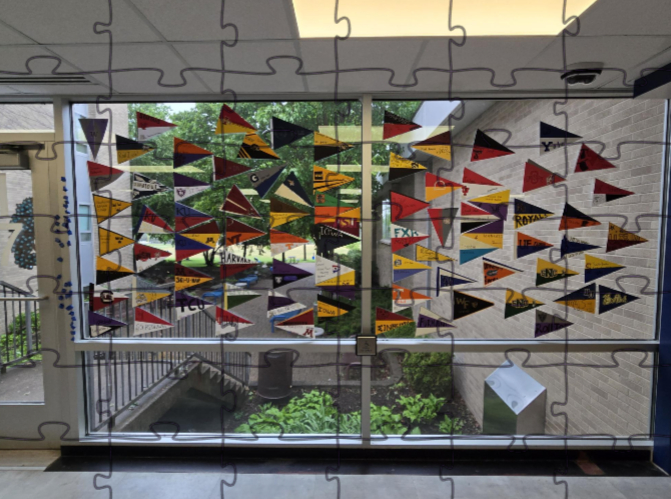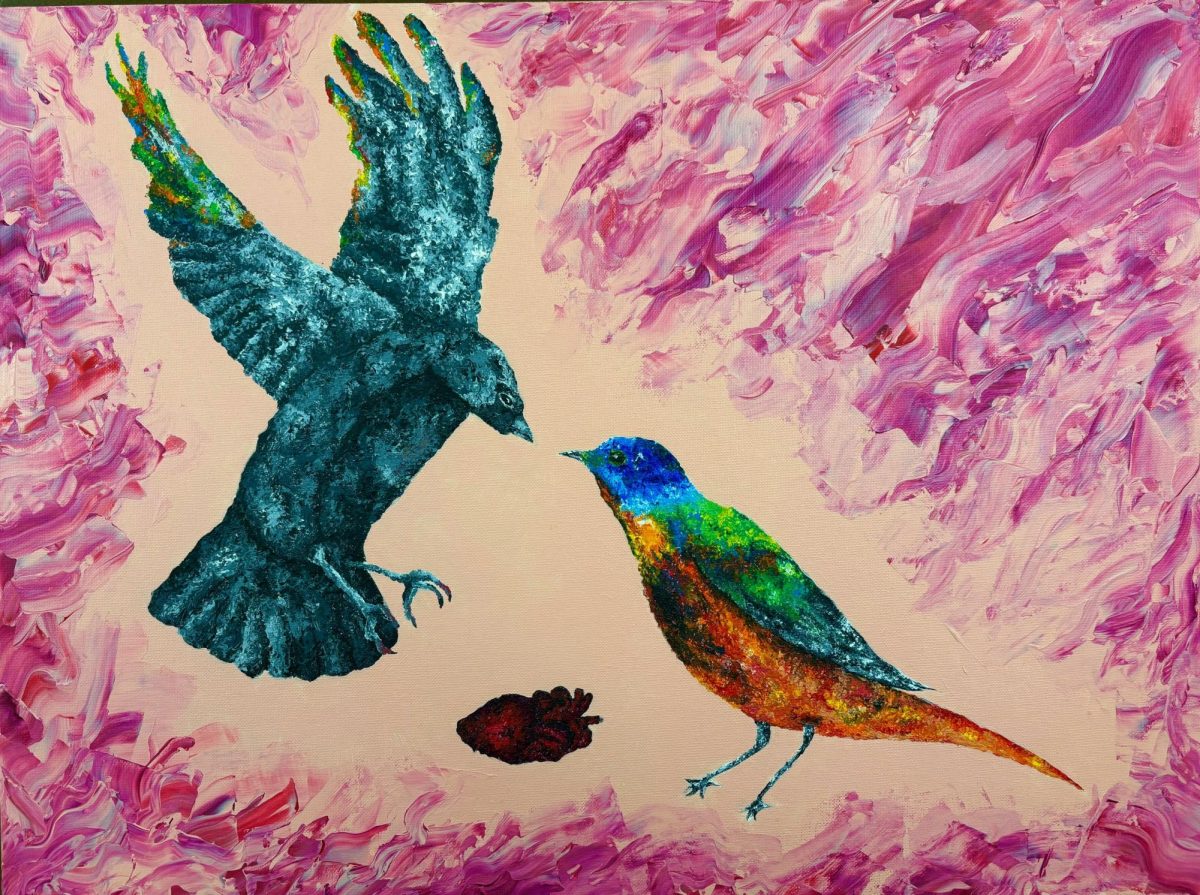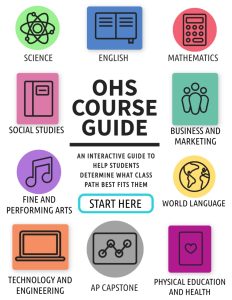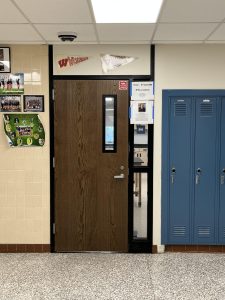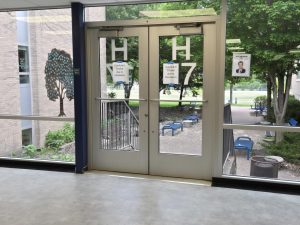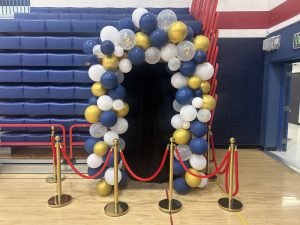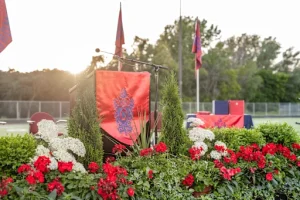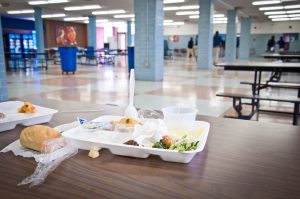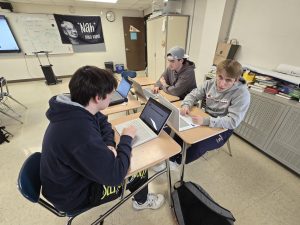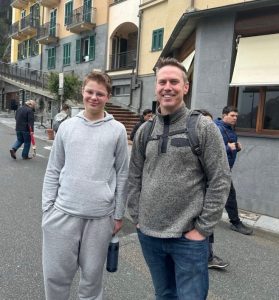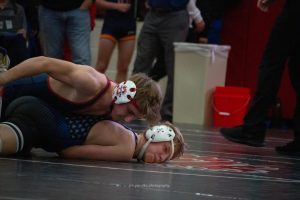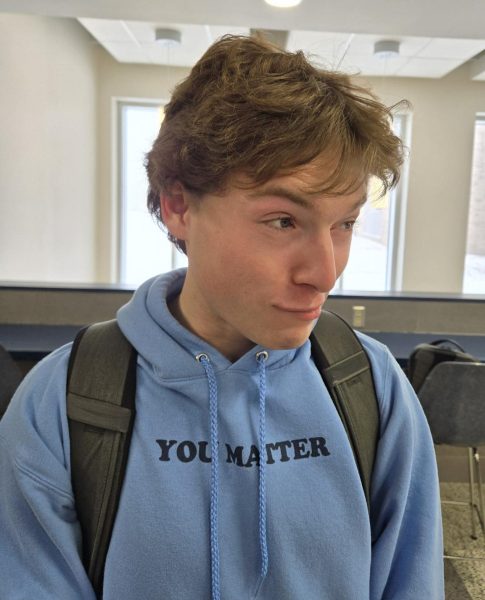Behind the Scenes of The Spartan Speaks
May 10, 2015
Everyday around 8:30 about 20 students conviene in Ms. Herring’s second hour, Journalism II. Or more commonly known as newspaper.
The class usually starts out with Ms. Herring, the newspaper advisor telling students what the agenda is for the day and potential ideas for stories. There’s usually a class discussion of what to write about and then students get to work.
“Newspaper is a working class so almost every day is a work day. We can work on anything related to journalism,” opinions editor Shannon Crosby said. She said that students usually work on their upcoming articles, finding a visual for their article or help one another discuss or talk through their ideas.
“I have learned how to be a leader in a new environment. Newspaper isn’t about leading a group of people but it’s about meeting deadlines and having things ready to go and ultimately setting a good example for the rest of the staff,” editor in chief Katie Berrell said.
Students are required to write an article for each print edition as well as do a broadcast for the online version of the Spartan Speaks. Students can also work on photo slideshows, mini articles, briefs, or articles just for online.
Everyone in the class is assigned a specific role. Katherine Odland’s is the visual editor. “My job is to upload visuals to the website, place visuals in the paper and write articles.” Everyone in the class writes articles and most of them are editors.
“I edit opinions. I really like opinions because it’s a category I’m interested in but also like the process of editing,” Crosby said.
While many students are involved now, not all were apart of newspaper since the beginning.
“I joined newspaper because I was in Ms. Herring’s spartan hour and she kept asking me when I was going to join and I finally just gave in,” Odland said.
Will Dittrich said he joined because of others. “I took Journalism I because my sister really liked it and encouraged me to take it and I liked it so much that I just decided to take Journalism II.”
Students are required to take Journalism I and earned higher than a C in the class in order to move onto Journalism II. They are also required to be approved by Ms. Herring before signing up for the class. Journalism II is also only available to juniors and seniors.
“The class has helped me a lot with my essays writing, in addition to learning how to write articles,” Odland said.
Berrell also agrees that her writing has approved in more ways than just journalistic writing. “I have been able to perfect a new type of writing and I am way more involved in current events than I was before I joined newspaper.”
Odland says that joining newspaper has been tough and a lot of work but ultimately rewarding. “Know that even though it is a lot, it is really rewarding. It’s a great way to voice your opinions about something.”

